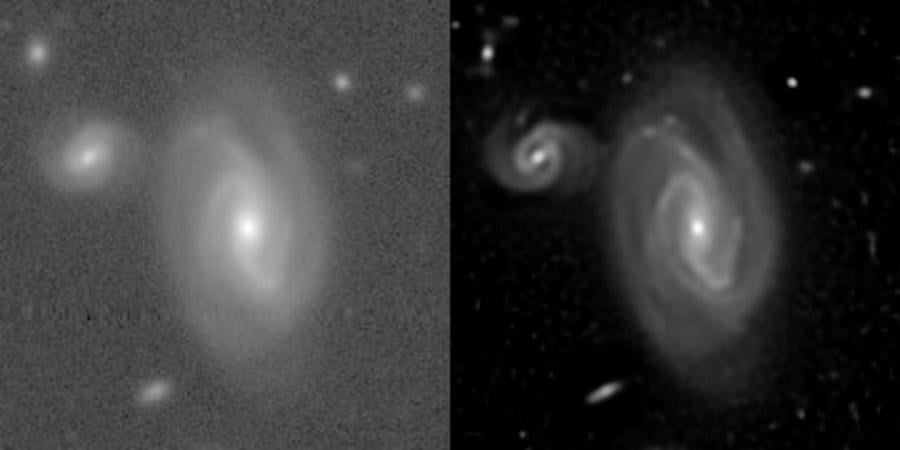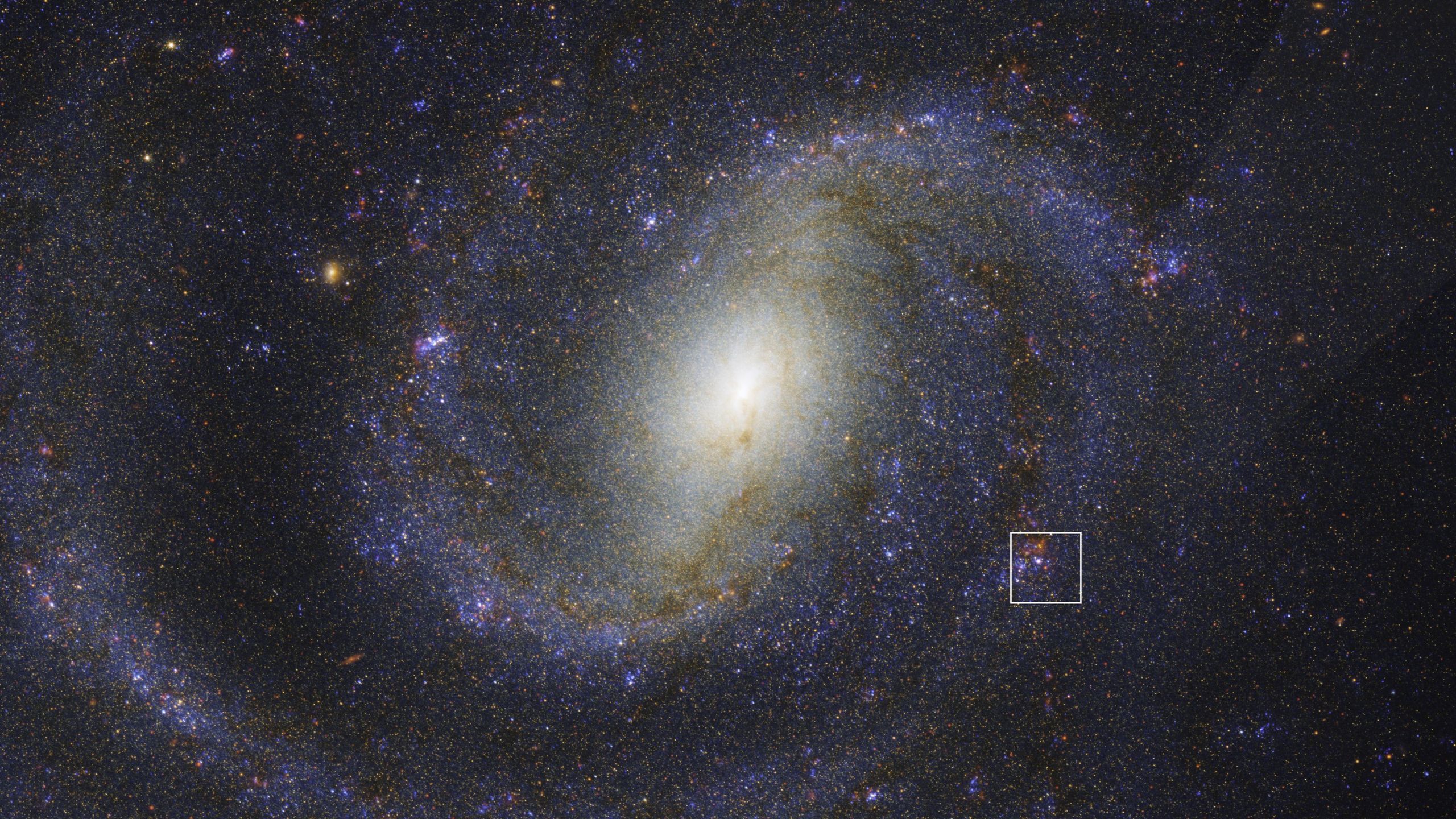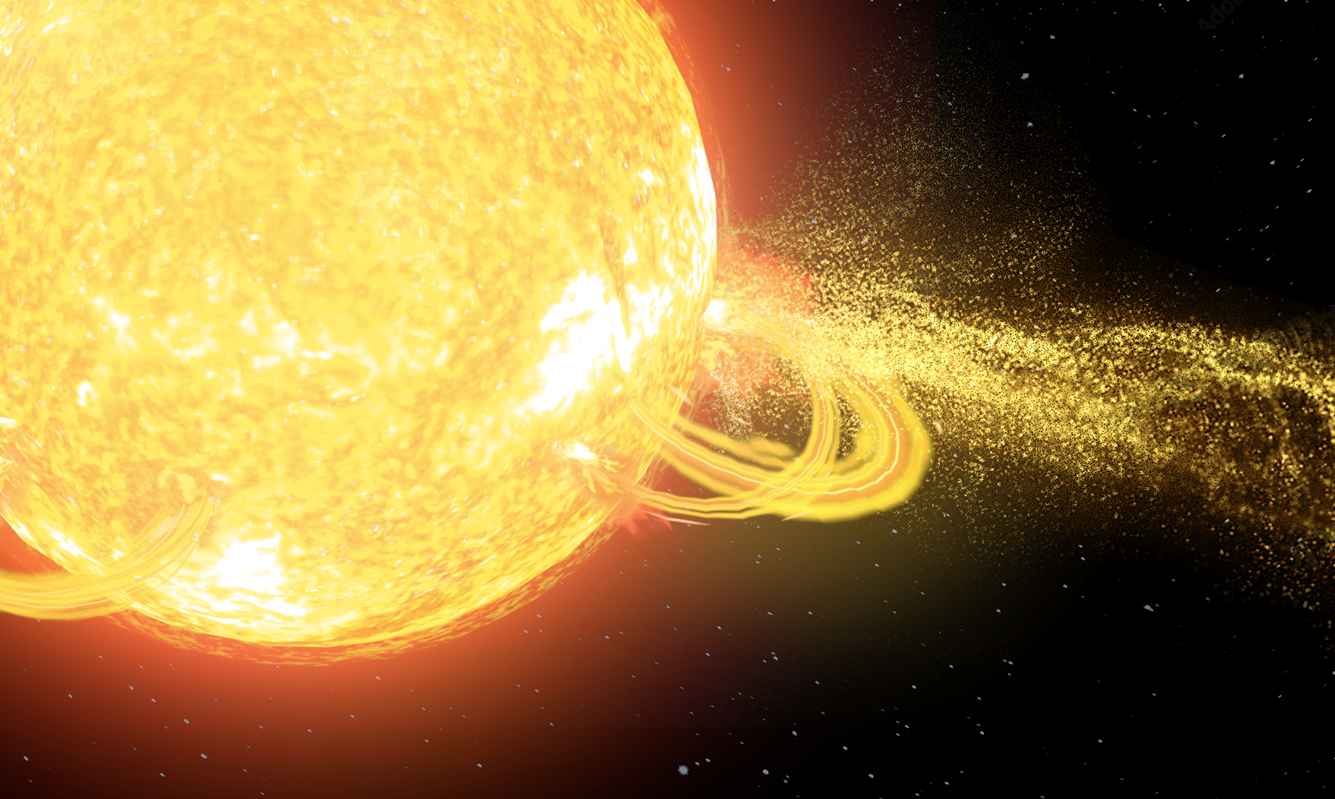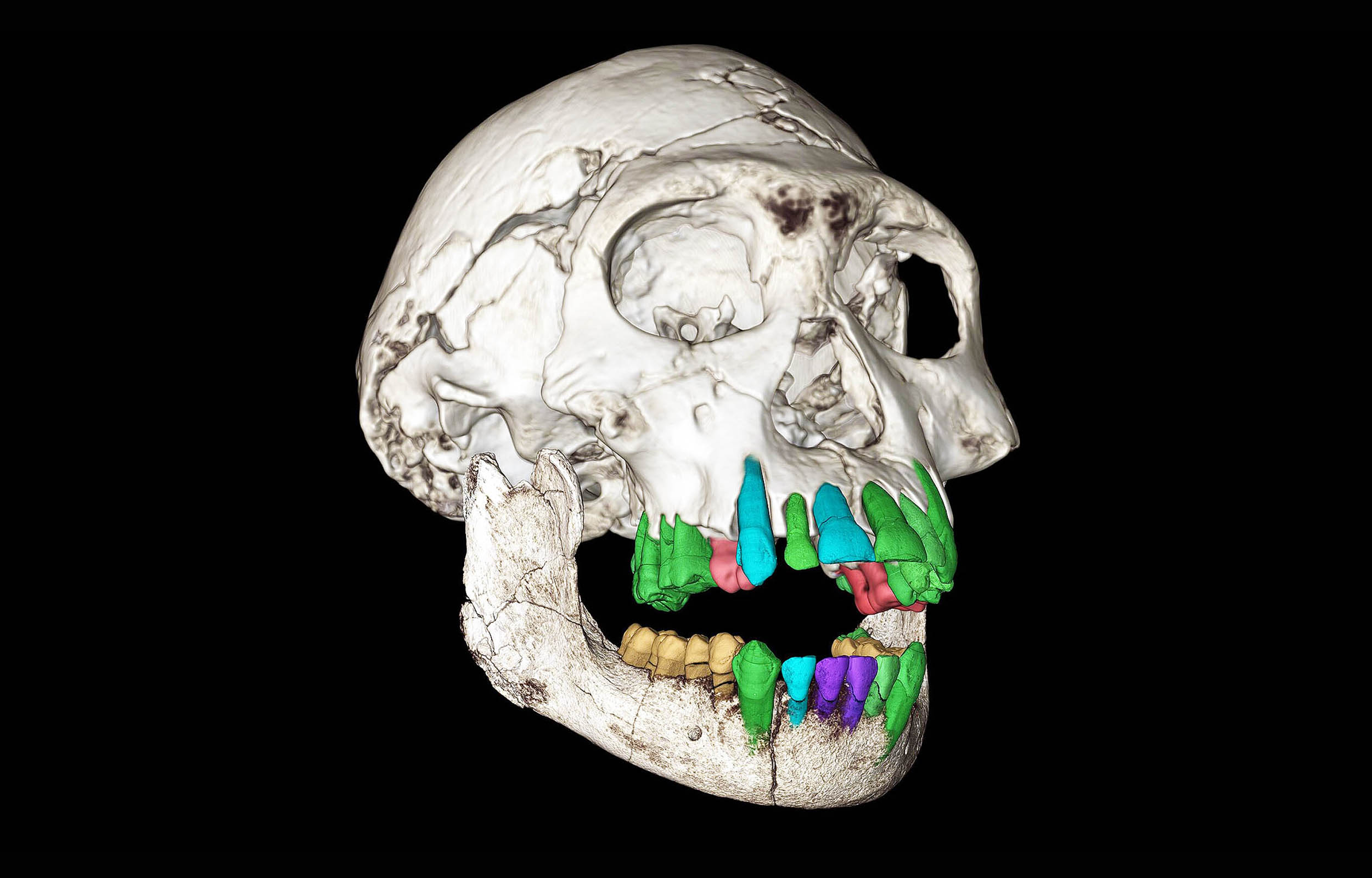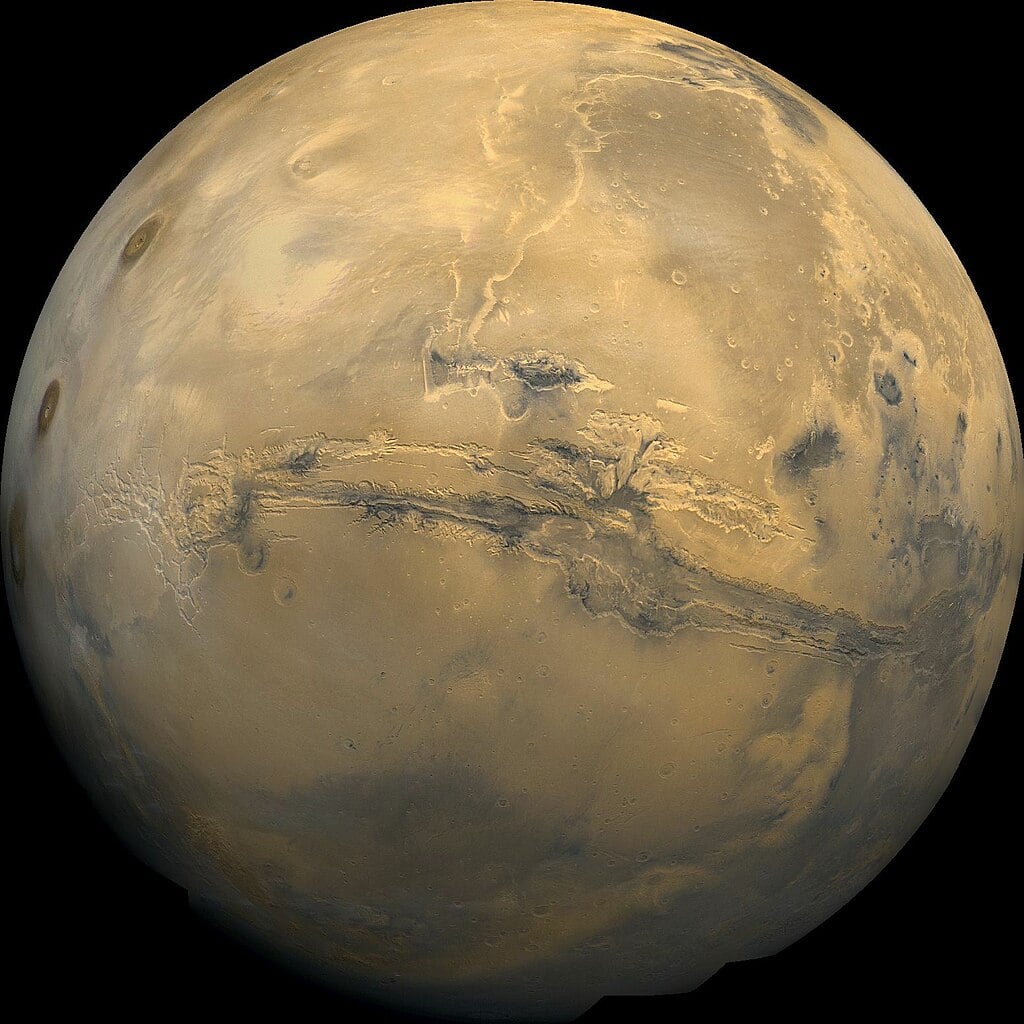SpaceX's Starship Flight 11: A Game-Changer for Lunar and Martian Missions!

Get ready for liftoff! SpaceX just rocked the space world with the 11th test flight of its gigantic Starship Super Heavy rocket! This isn’t just another flight; it’s a bold leap towards fully reusable space travel that could reshape our future on the Moon and Mars.
Launched from SpaceX's impressive Starbase in Texas, this flight introduced crucial upgrades and new maneuvers designed to enhance both flight hardware and mission objectives. It’s a thrilling time for space exploration enthusiasts!
So, what’s new with Flight 11? One of the standout features is the innovative landing burn strategy for the Super Heavy booster. SpaceX has fine-tuned the sequence to boost reliability, crucial for successful recoveries in future missions. It’s all about making space travel not just exciting, but also sustainable.
But that’s not all! Starship’s heat shield is set for its toughest test yet. Engineers have removed specific tiles from vulnerable areas, pushing the limits to see how well the vehicle can withstand the intense conditions of reentry. This daring move will yield vital data on tile integrity, essential for ensuring the safety and efficiency of future missions.
Excitingly, this will be the last flight of the current “Version 2” Starship, with a more powerful “Version 3” expected to launch in 2026. Flight 11 will deploy eight dummy Starlink satellites into suborbital space and even perform an in-space engine relight—practicing vital maneuvers for deep-space missions!
As for landings? The Super Heavy booster will splash down in the Gulf of Mexico, following the successful trajectory of earlier flights. Meanwhile, the upper stage of the Starship will continue its journey eastward, eventually splashing down in the Indian Ocean after testing key guidance maneuvers. This strategic landing will allow SpaceX to gather new data on reentry dynamics, heat shield performance, and splashdown behaviors, all critical for future orbital refueling missions.
Flight 11 is monumental, not just for SpaceX, but for humanity's ambitious quest to explore beyond our home planet. The implications of this test extend far beyond the launch pad, marking a significant step towards the stars!





